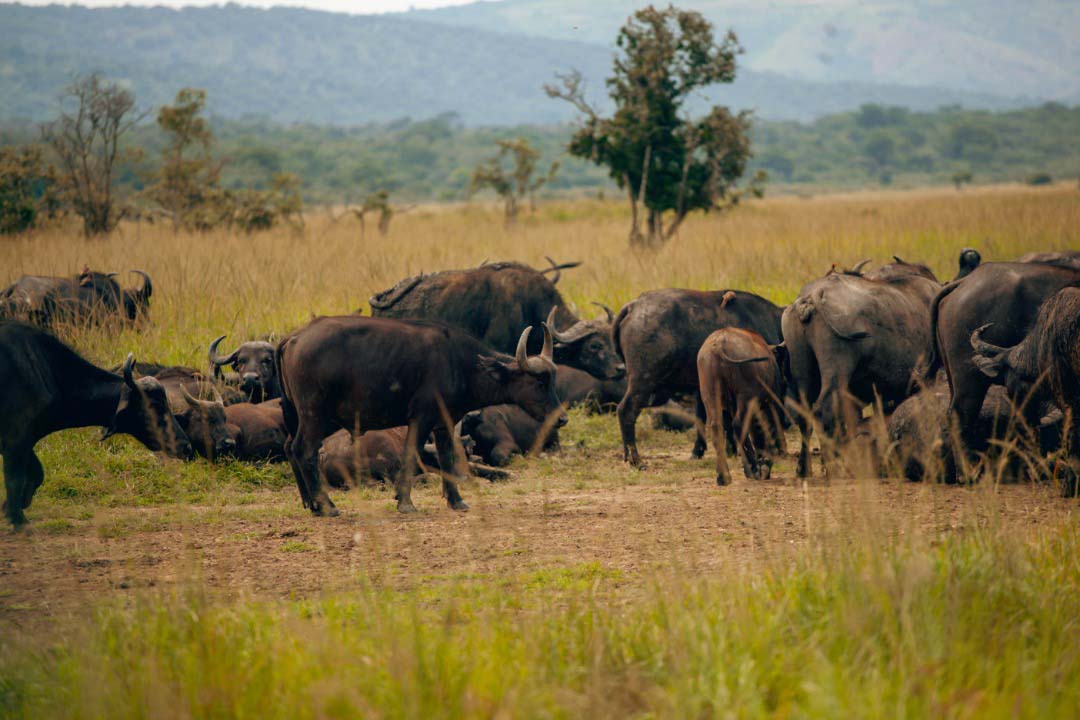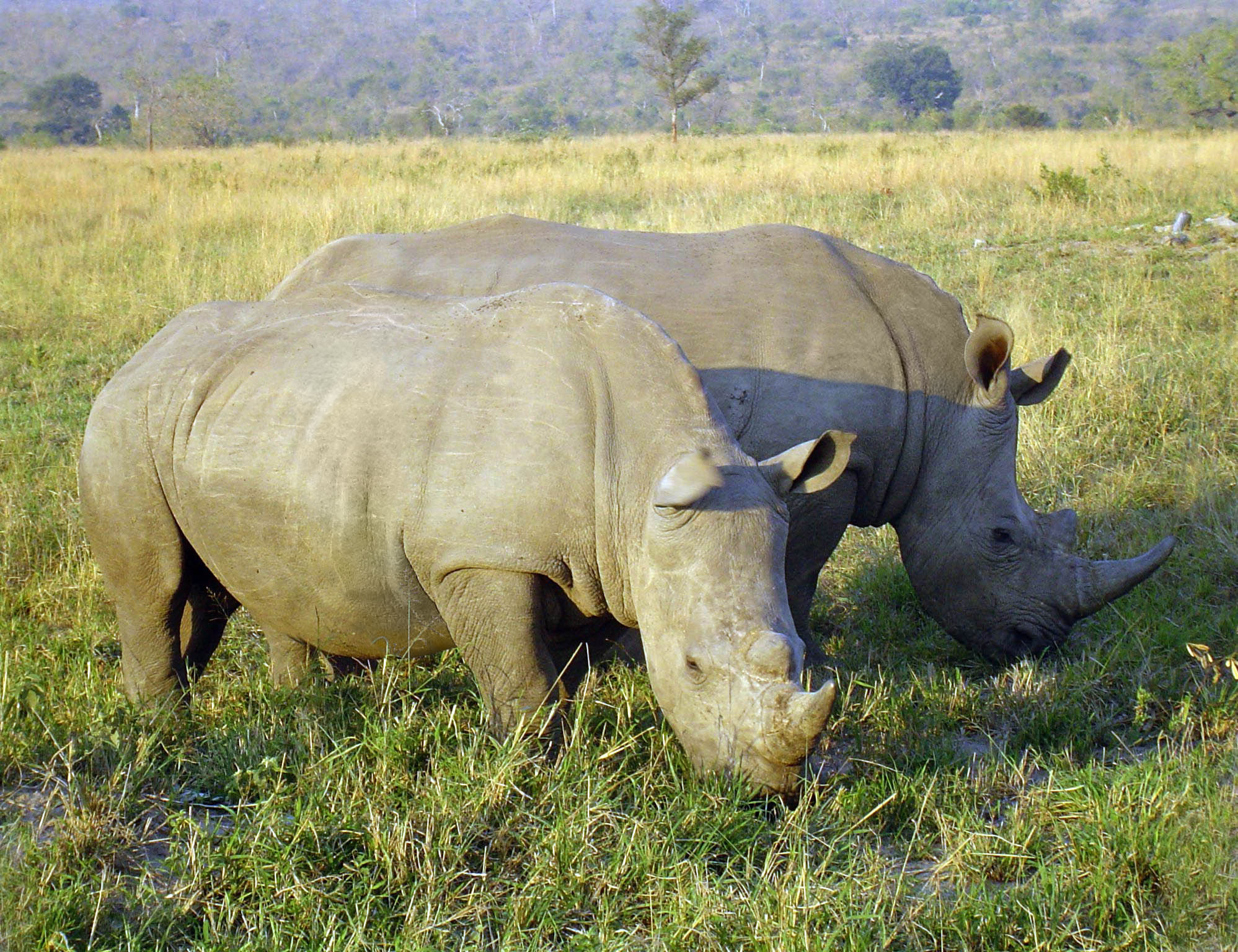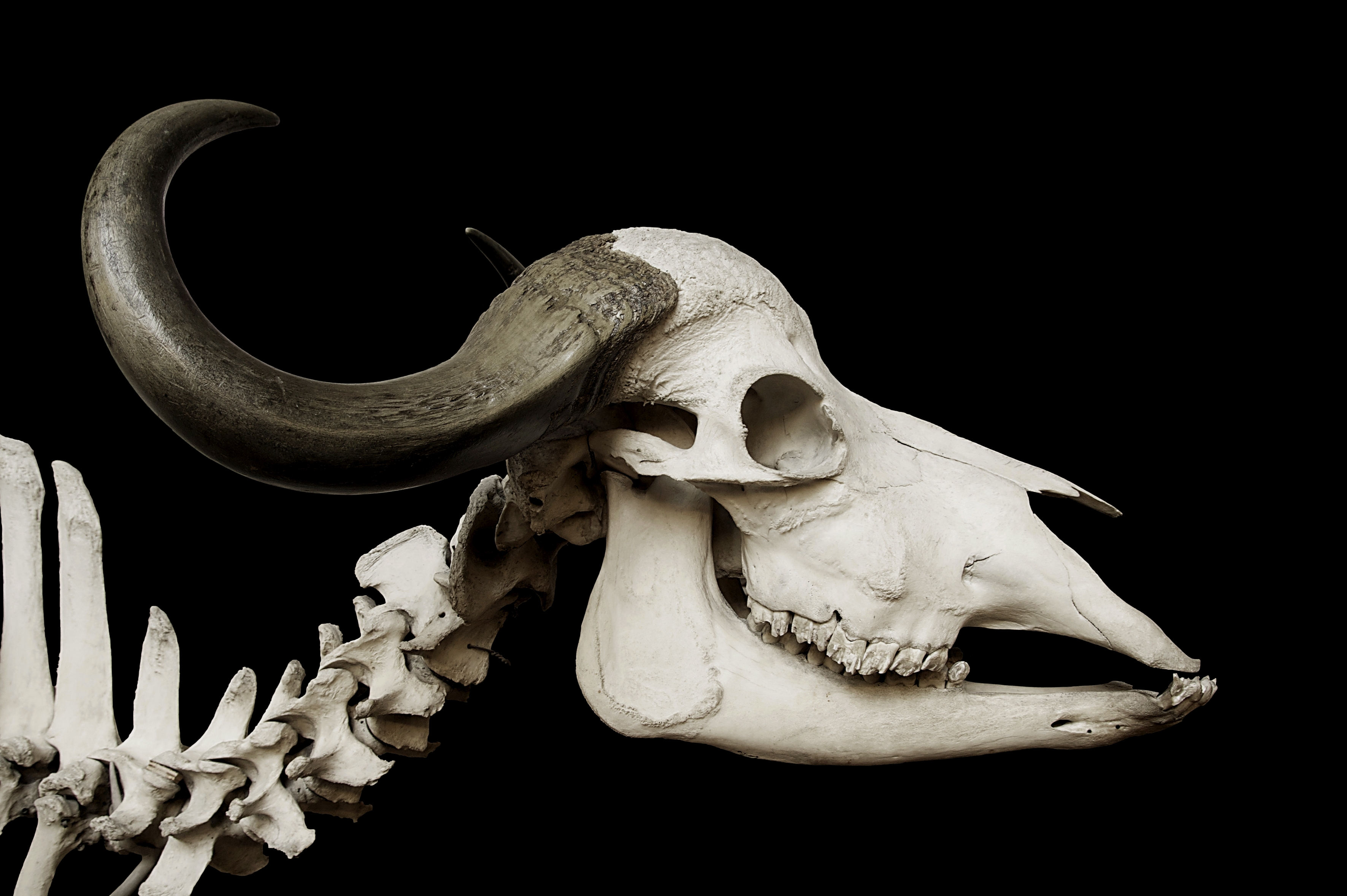|
Akagera National Park
Akagera National Park is a protected area in eastern Rwanda covering along the international border with Tanzania. It was founded in 1934 and includes savannah, montane and swamp habitats. The park is named for the Kagera River which flows along its eastern boundary feeding into Lake Ihema and several smaller lakes. The complex system of lakes and linking papyrus swamps makes up over a third of the park, which is the largest protected wetland in East Africa, Eastern-Central Africa. History Akagera National Park was founded in 1934 by the Belgian government, which at the time occupied Rwanda. The park was large and was known for its biodiversity. It used to have a large population of African wild dogs. At one point, it was known as the 'Parc aux Lycaons' and wild dogs were so abundant that the Belgian government considered them a pest. However, a disease epidemic diminished the population and the last wild dogs were seen in 1984.Vande weghe, Jean Pierre: ''Akagera: Land of water ... [...More Info...] [...Related Items...] OR: [Wikipedia] [Google] [Baidu] |
Rwanda
Rwanda, officially the Republic of Rwanda, is a landlocked country in the Great Rift Valley of East Africa, where the African Great Lakes region and Southeast Africa converge. Located a few degrees south of the Equator, Rwanda is bordered by Uganda, Tanzania, Burundi, and the Democratic Republic of the Congo. With a comparatively high elevation, Rwanda has been given the sobriquet "land of a thousand hills" (), with its geography dominated by mountains in the west and savanna to the southeast, with numerous lakes throughout the country. The climate is temperate to subtropical, with two rainy seasons and two dry seasons each year. It is the most densely populated mainland African country; among countries larger than 10,000 km2, it is the third-most densely populated country in the world. Its Capital city, capital and largest city is Kigali. Hunter-gatherers settled the territory in the Stone Age, Stone and Iron Ages, followed later by Bantu peoples. The population coalesce ... [...More Info...] [...Related Items...] OR: [Wikipedia] [Google] [Baidu] |
KwaZulu-Natal
KwaZulu-Natal (, also referred to as KZN) is a Provinces of South Africa, province of South Africa that was created in 1994 when the government merged the Zulu people, Zulu bantustan of KwaZulu ("Place of the Zulu" in Zulu language, Zulu) and Natal Province. It is located in the southeast of the country, with a long shoreline on the Indian Ocean. It shares borders with three other provinces and the countries of Mozambique, Eswatini and Lesotho. Its capital is Pietermaritzburg, and its largest city is Durban, which is also the Port of Durban, city with the largest port in sub-saharan Africa. It is the second-most populous province in South Africa, after Gauteng. Two areas in KwaZulu-Natal have been declared UNESCO World Heritage Sites: the iSimangaliso Wetland Park and the uKhahlamba Drakensberg Park. These areas are important to the surrounding ecosystems. During the 1830s and early 1840s, the northern part of what is now KwaZulu-Natal was established as the Zulu Kingdom. The ... [...More Info...] [...Related Items...] OR: [Wikipedia] [Google] [Baidu] |
Mutara Game Reserve
Mutara Game Reserve (also known as Mutara Hunting Reserve or Mutara Hunting Fields) is a former protected area in Rwanda. Large parts of the reserve kept getting stripped of their protected status, until Matura reserve's status was entirely withdrawn in 1997. Originally covering some , it was later reduced to . In 1991, it was further reduced to to accommodate cattle grazing for refugees from the Rwandan Civil War, before being completely de-listed in 1997. See also * Akagera National Park Akagera National Park is a protected area in eastern Rwanda covering along the international border with Tanzania. It was founded in 1934 and includes savannah, montane and swamp habitats. The park is named for the Kagera River which flows along ..., an adjacent park that was similarly reduced in size, though not entirely de-listed References Protected areas of Rwanda {{Rwanda-geo-stub ... [...More Info...] [...Related Items...] OR: [Wikipedia] [Google] [Baidu] |
Phinda Private Game Reserve
Phinda Private Game Reserve (), formerly known as Phinda Resource Reserve, is a private game reserve situated in KwaZulu-Natal, South Africa, between the Mkuze Game Reserve and the iSimangaliso Wetland Park. Designated in 1990, Phinda is derived from a Zulu phrase "Phinda Izilwane" meaning 'do again', or more poetically 'return of wildlife'. Phinda has seven distinct ecosystems ranging from palm savannah and mountain bush to rare sand forest and dense thornveld. In 1992 the reserve joined with two neighboring land owners to create the Mun-Ya-Wana Game Reserve. Through various land expansion projects, acquisitions, and agreements with local communities, the conservancy has grown to . Martindale, G., and S. Naylor. "Mun-Ya-Wana Conservancy Management Plan." (2018 The original idea for Phinda was developed by Kevin Leo-Smith in 1986, when his company Agri-Plan Estates was offered the core Phinda South farm then known as Zulu Nyala, for sale. A deeds and map search showed that Zu ... [...More Info...] [...Related Items...] OR: [Wikipedia] [Google] [Baidu] |
White Rhinoceros
The white rhinoceros, also known as the white rhino or square-lipped rhinoceros (''Ceratotherium simum''), is the largest extant species of rhinoceros and the most Sociality, social of all rhino species, characterized by its wide mouth adapted for grazing (behaviour), grazing. The species includes two subspecies with dramatically different conservation outlooks: the southern white rhinoceros, with an estimated 17,464 individuals in the wild as of the end of 2023, and the northern white rhinoceros. The northern subspecies is critically endangered and on the brink of extinction; its last known male, Sudan (rhinoceros), Sudan, died in March 2018, leaving behind only a very small number of females in captivity. Both subspecies have faced significant threats, primarily from poaching for their horns and habitat loss, which contribute to the species' overall Conservation status, conservation status of Near Threatened. Naming One popular, though widely discredited, theory for the origi ... [...More Info...] [...Related Items...] OR: [Wikipedia] [Google] [Baidu] |
Eastern Black Rhinoceros
The eastern black rhinoceros (''Diceros bicornis michaeli''), also known as the East African black rhinoceros, is a subspecies of the black rhinoceros. Its numbers are very low due to poaching for its horn, and it is listed as critically endangered. Description The eastern black rhino is distinguishable from the southern subspecies as it has a longer, leaner, and more curved horn. Its skin is also very grooved. ''Diceros bicornis michaeli'' is also reportedly more aggressive than the other three subspecies of black rhino. They are browsers and are usually found in highland forest and savanna habitat. Population and threats Once located in Ethiopia, Somalia, Tanzania and Kenya, as of 2017 they can only be found in Kenya (594 animals), Rwanda and in northern Tanzania (80 animals). A population of currently 60 animals is kept outside its natural range in South Africa ( Addo Elephant National Park). The population has declined 90% in the last three generations. In 2010 their to ... [...More Info...] [...Related Items...] OR: [Wikipedia] [Google] [Baidu] |
Elephants In Akagera National Park (01)
Elephants are the largest living land animals. Three living species are currently recognised: the African bush elephant ('' Loxodonta africana''), the African forest elephant (''L. cyclotis''), and the Asian elephant (''Elephas maximus''). They are the only surviving members of the family Elephantidae and the order Proboscidea; extinct relatives include mammoths and mastodons. Distinctive features of elephants include a long proboscis called a trunk, tusks, large ear flaps, pillar-like legs, and tough but sensitive grey skin. The trunk is prehensile, bringing food and water to the mouth and grasping objects. Tusks, which are derived from the incisor teeth, serve both as weapons and as tools for moving objects and digging. The large ear flaps assist in maintaining a constant body temperature as well as in communication. African elephants have larger ears and concave backs, whereas Asian elephants have smaller ears and convex or level backs. Elephants are scattered throughout ... [...More Info...] [...Related Items...] OR: [Wikipedia] [Google] [Baidu] |
Akagera National Park In Rwanda
Akagera National Park is a protected area in eastern Rwanda covering along the international border with Tanzania. It was founded in 1934 and includes savannah, montane and swamp habitats. The park is named for the Kagera River which flows along its eastern boundary feeding into Lake Ihema and several smaller lakes. The complex system of lakes and linking papyrus swamps makes up over a third of the park, which is the largest protected wetland in Eastern-Central Africa. History Akagera National Park was founded in 1934 by the Belgian government, which at the time occupied Rwanda. The park was large and was known for its biodiversity. It used to have a large population of African wild dogs. At one point, it was known as the 'Parc aux Lycaons' and wild dogs were so abundant that the Belgian government considered them a pest. However, a disease epidemic diminished the population and the last wild dogs were seen in 1984.Vande weghe, Jean Pierre: ''Akagera: Land of water, grass and f ... [...More Info...] [...Related Items...] OR: [Wikipedia] [Google] [Baidu] |
African Buffalo
The African buffalo (''Syncerus caffer)'' is a large sub-Saharan African bovine. The adult African buffalo's horns are its characteristic feature: they have fused bases, forming a continuous bone shield across the top of the head, referred to as a "boss". The African buffalo is more closely related to other buffalo species than it is to other bovids such as American bison or domestic cattle, with its closest living relative being the Asian water buffalo. Its unpredictable temperament may be part of the reason that the African buffalo has never been domesticated, which would also explain why the African buffalo has no domesticated descendants, unlike the wild yak and wild water buffalo which are the ancestors of the Yak, domestic yak and water buffalo. Natural predators of adult African buffaloes include lions, African wild dogs, spotted hyenas, and Nile crocodiles. As one of the Big Five game animals, the Cape buffalo is a sought-after trophy in hunting. Description The Afri ... [...More Info...] [...Related Items...] OR: [Wikipedia] [Google] [Baidu] |
Rhinoceros
A rhinoceros ( ; ; ; : rhinoceros or rhinoceroses), commonly abbreviated to rhino, is a member of any of the five extant taxon, extant species (or numerous extinct species) of odd-toed ungulates (perissodactyls) in the family (biology), family Rhinocerotidae; it can also refer to a member of any of the extinct species of the superfamily Rhinocerotoidea. Two of the extant species are native to Africa, and three to South Asia, South and Southeast Asia. Rhinoceroses are some of the largest remaining megafauna: all weigh over half a tonne in adulthood. They have a herbivore, herbivorous diet, small brains for mammals of their size, one or two horns, and a thick , protective skin formed from layers of collagen positioned in a crystal structure, lattice structure. They generally eat leafy material, although their ability to ferment food in their colon (anatomy), hindgut allows them to subsist on more fibrous plant matter when necessary. Unlike other perissodactyls, the two African ... [...More Info...] [...Related Items...] OR: [Wikipedia] [Google] [Baidu] |
African Bush Elephant
The African bush elephant (''Loxodonta africana''), also known as the African savanna elephant, is a species of elephant native to sub-Saharan Africa. It is one of three extant elephant species and, along with the African forest elephant, one of two extant species of African elephant. It is the largest living terrestrial animal, with fully grown bulls reaching an average shoulder height of and a body mass of ; the largest recorded specimen had a shoulder height of and an estimated body mass of . The African bush elephant is characterised by its long prehensile trunk with two finger-like processes; a convex back; large ears which help reduce body heat; and sturdy tusks that are noticeably curved. The skin is grey with scanty hairs, and bending cracks which support thermoregulation by retaining water. The African bush elephant inhabits a variety of habitats such as forests, grasslands, woodlands, wetlands and agricultural land. It is a mixed herbivore feeding mostly on grasse ... [...More Info...] [...Related Items...] OR: [Wikipedia] [Google] [Baidu] |
African Leopard
The African leopard (''Panthera pardus pardus'') is the nominate subspecies of the leopard, native to many countries in Africa. It is widely distributed in most of sub-Saharan Africa, but the historical range has been Habitat fragmentation, fragmented in the course of Habitat destruction, habitat conversion. Leopards have also been recorded in North Africa as well. Taxonomy ''Felis pardus'' was the scientific name used by Carl Linnaeus in the 10th edition of Systema Naturae, 10th edition of ''Systema Naturae'' in 1758. His description was based on descriptions by earlier naturalists such as Conrad Gessner. He assumed that the leopard occurred in India. In the 18th and 19th centuries, several naturalists described various leopard skins and skulls from Africa, including: * ''Felis pardus panthera'' proposed by Johann Christian Daniel von Schreber in 1778 based on descriptions by earlier naturalists * ''Felis leopardus'' var. ''melanotica'' by Albert Günther in 1885 from the Cape ... [...More Info...] [...Related Items...] OR: [Wikipedia] [Google] [Baidu] |








